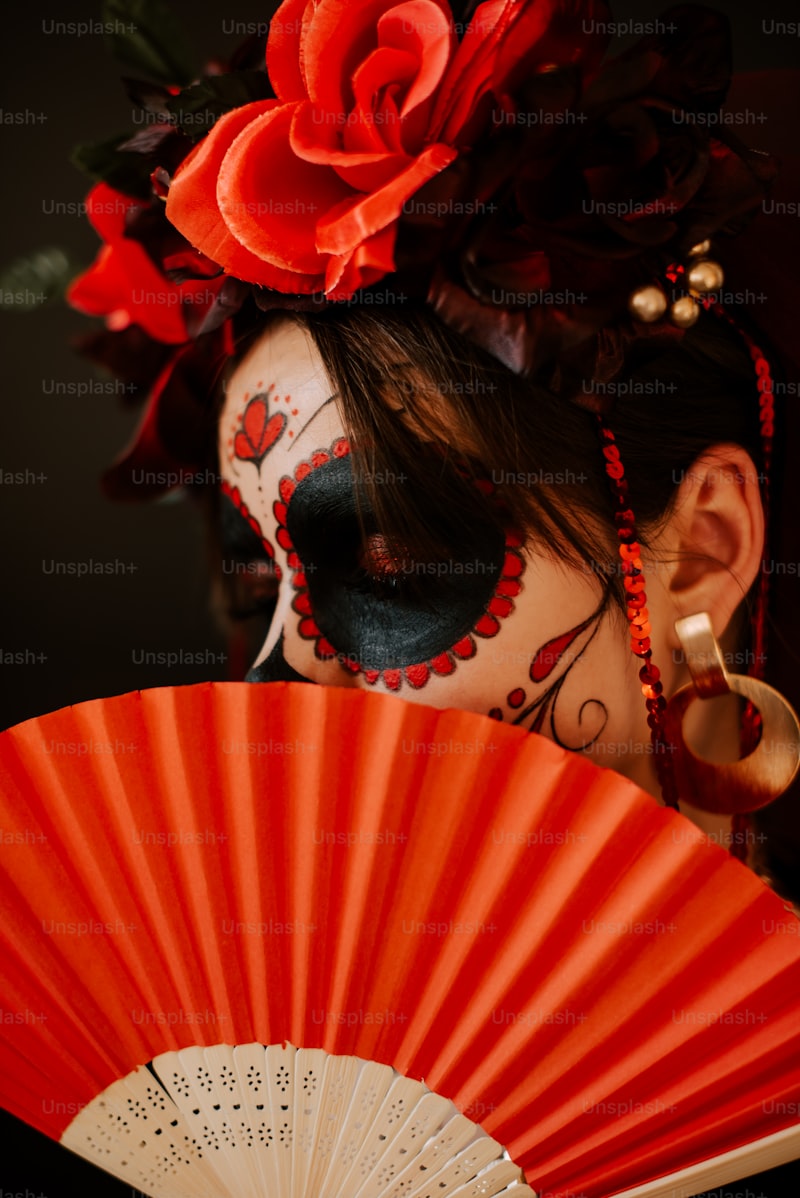Understanding Cultural Dress Codes: An Essential Guide
Cultural Dress Codes: What You Need to Know
Cultural dress codes play a vital role in societies around the world, influencing how individuals express themselves and their identities. Whether you are traveling to a new country, attending a formal event, or just trying to conform to social expectations, understanding the nuances of cultural dress codes is essential. In this article, we’ll explore various dress codes from around the globe, offering insights and practical tips for navigating these cultural norms.
What are Cultural Dress Codes?
Cultural dress codes refer to the sets of guidelines or expectations that dictate what is considered appropriate attire within a specific culture or social setting. These codes can be influenced by several factors, including tradition, religion, occasion, and regional customs. Violating a dress code can lead to misunderstandings, discomfort, or even social ostracism in some cultures. Therefore, it’s crucial to familiarize yourself with these norms, especially when traveling or participating in cultural events.
Significance of Cultural Dress Codes
Cultural dress codes serve several functions in societies:
- Identity Expression: Clothing often reflects an individual's culture, beliefs, and values.
- Social Hierarchy: Dress codes can signify status, profession, or group membership.
- Respect and Etiquette: Adhering to a cultural dress code is often a way to show respect for local customs and traditions.
- Unity and Belonging: Certain dress codes foster a sense of community among individuals who share similar cultural backgrounds.
Common Cultural Dress Codes Around the World
Understanding various cultural dress codes can enhance your travel and social experiences. Here are some notable examples:
| Country | Typical Dress Code | Occasions |
| Japan | Kimonos, formal suits | Weddings, traditional festivals |
| India | Sarees for women, Kurta and Pajama for men | Religious events, weddings |
| Saudi Arabia | Abaya for women, Thobe for men | Public gatherings, religious functions |
| Scotland | Kilt for men | Weddings, formal events |
Japan
In Japan, traditional clothing such as kimonos are worn during special occasions like weddings and festivals. While Western clothing is prevalent in daily life, kimonos represent cultural identity and are considered formal attire. Observing traditional dress codes in Japan showcases respect for the rich cultural heritage of the country.
India
In India, attire is deeply tied to cultural identity and varies by region. Women often wear sarees, while men may opt for a Kurta and Pajama. During festivals or religious ceremonies, adhering to these dress codes is crucial, reflecting respect for tradition and community.
Saudi Arabia
Saudi Arabia has defined dress codes influenced by Islamic practices. Women typically wear an abaya, while men wear a thobe, especially during public gatherings and religious events. Understanding these dress codes is vital for foreign visitors seeking to engage respectfully within the culture.
Scotland
In Scotland, the wearing of kilts signifies cultural pride and is a staple in formal events such as weddings. This traditional attire is not merely clothing; it embodies a rich history and symbolizes national identity.
Navigating Dress Codes in Global Settings
When traveling or engaging with different cultures, here are some tips for navigating dress codes effectively:
- Research: Before visiting a country or attending an event, conduct thorough research on the dress codes relevant to that culture. Websites, travel blogs, and cultural guides can offer valuable insights.
- Ask Locals: Don’t hesitate to ask locals for advice on appropriate attire. They can provide firsthand knowledge of unwritten rules or variations in dress codes within regions.
- Observe: Pay attention to what others are wearing, especially in formal or cultural settings. It can give you a clear idea of what is considered appropriate.
- Pack Accordingly: When traveling to regions with specific dress codes, pack versatile attire that can easily adapt to various cultural expectations. Consider carrying items that can be layered or dressed up/down.
- Be Respectful: Always approach cultural dress codes with an open mind and respect. Even if you don’t fully understand a particular custom, showing appreciation and willingness to learn can go a long way.
Common Questions Related to Cultural Dress Codes
1. What should I wear to a traditional wedding?
This largely depends on the culture of the wedding. For instance, in Indian weddings, vibrant colors and traditional attire are celebrated, while in Western weddings, formal suits and dresses are standard. Always check the invitation for any dress code details.
2. Are there universal dress codes?
While some dress codes do have universal elements—such as formal attire for business meetings—most cultural dress codes are subjective and can vary widely from one region to another.
3. How do I know if a dress code is informal or formal?
Generally, formal dress codes imply suits, elegant dresses, or traditional attire. In contrast, informal dress codes may include casual wear, though "smart-casual" can still require an elevated level of dressiness, like collared shirts or dress shoes.
Conclusion
In conclusion, understanding cultural dress codes is more than just knowing what to wear. It reflects respect for the diverse practices and beliefs that exist around the world. Whether you are attending a formal event or simply aiming to blend into a new culture, being mindful of dress codes is essential for effective communication and building positive relationships. Always remember to research, observe, and respect cultural norms to ensure a rewarding experience. As the saying goes, “When in Rome, do as the Romans do.” This age-old wisdom extends to embracing cultural dress codes, paving the way for meaningful interactions and appreciation of the rich tapestry of global cultures.
